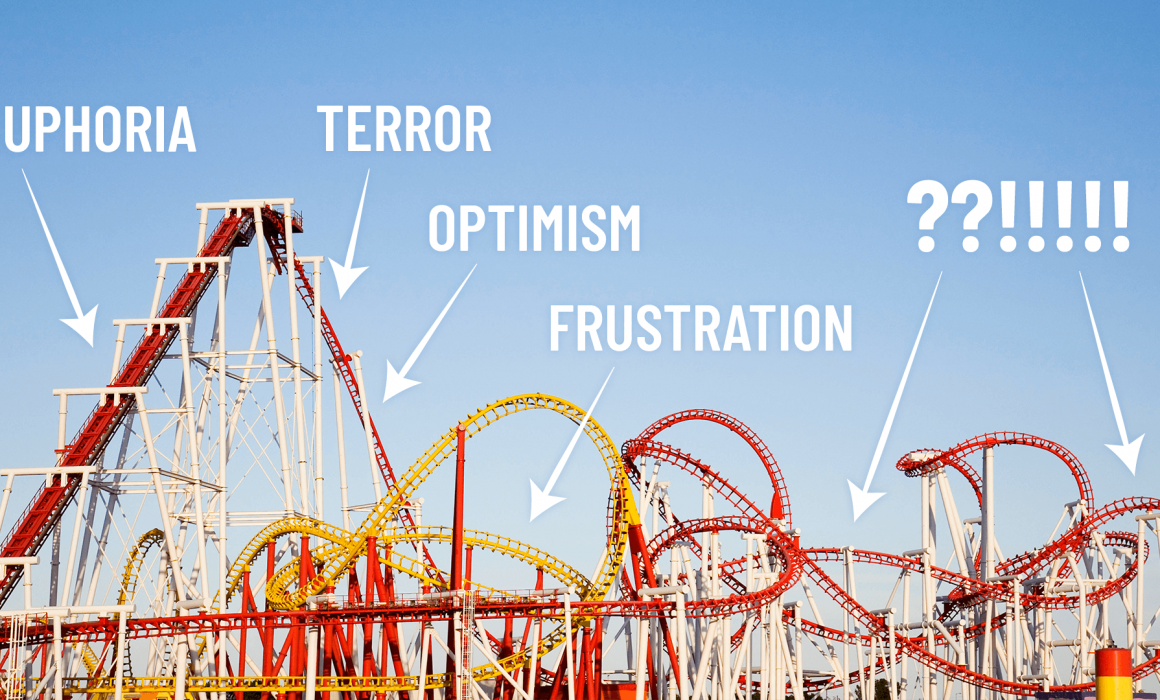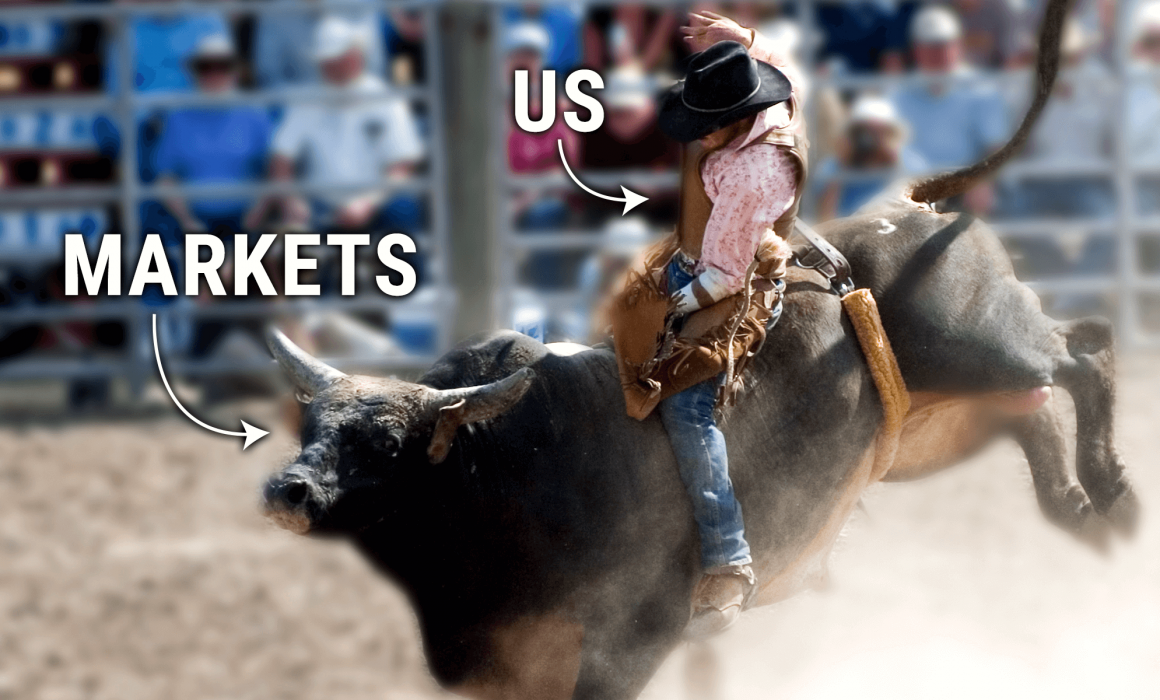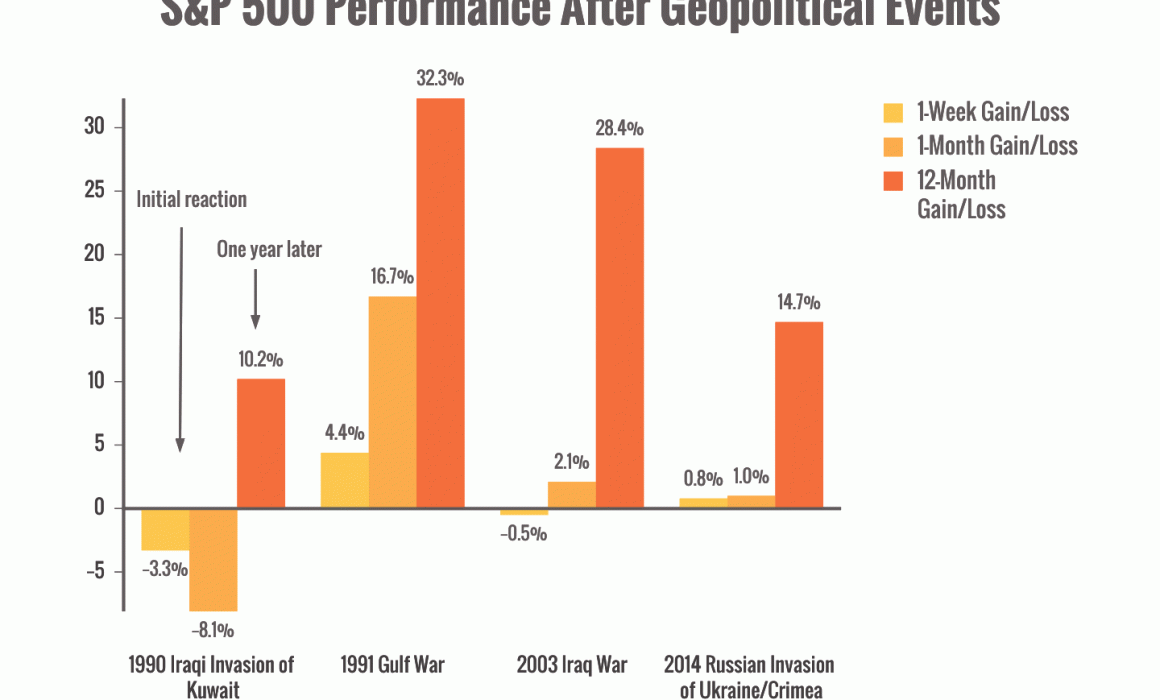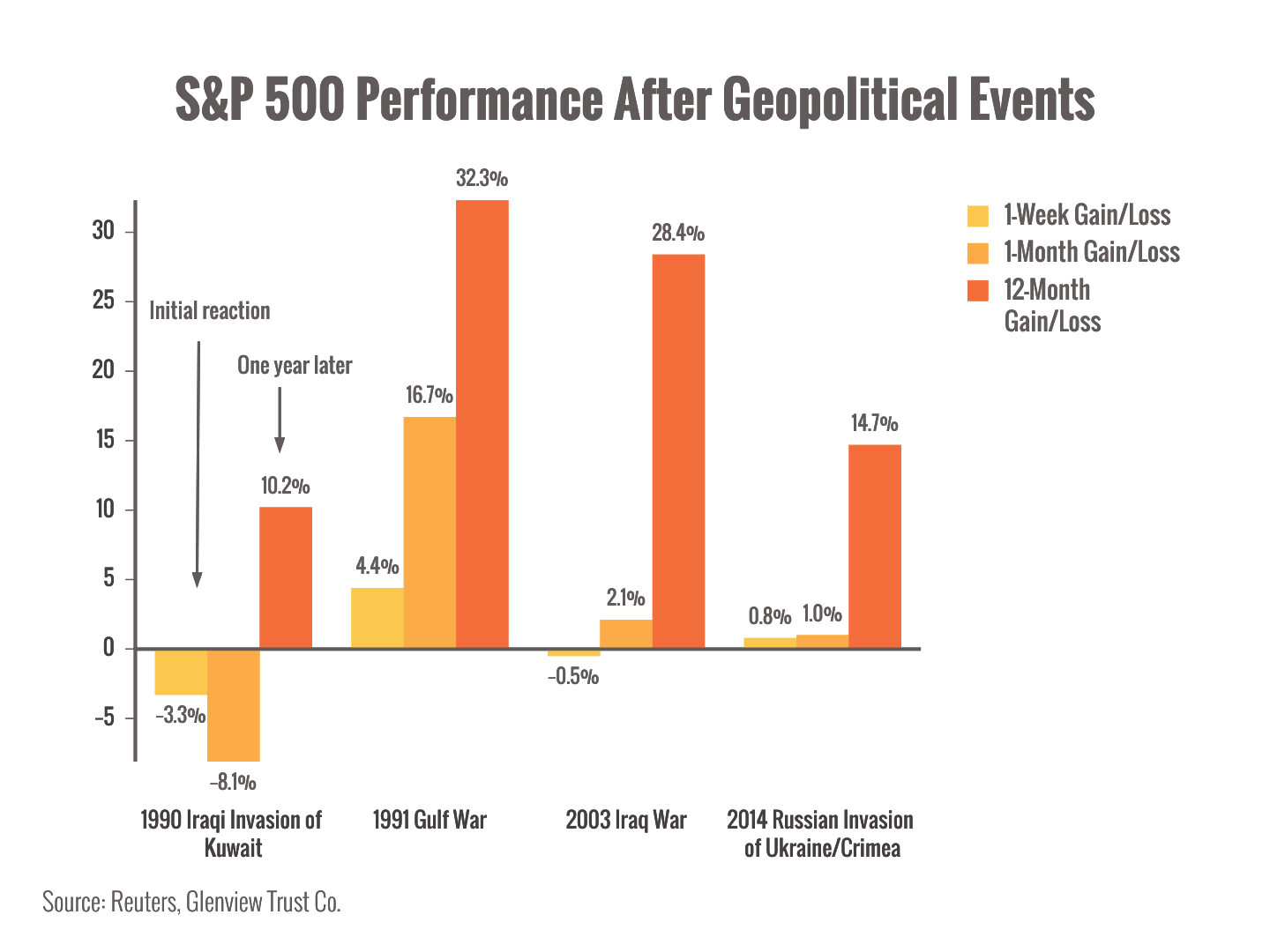Bulls back in town? (Is it over yet?)
Is the bear market over?
Let’s discuss.
Good news first: inflation might be cooling off. Maybe.
The latest inflation data suggests we could be moving past the peak in some areas.
- Gas prices are down1
- Freight prices are down2
- Overall measures of inflation are off their highs3
Great, right?

The data is certainly pointing in the right direction, but it’s too soon to celebrate.
Why? Well, it’s just not enough data yet to call it a sustained trend.
We’re also seeing signs that persistent inflation has led consumers to shift their spending.
That could make inflation improvements uneven AND result in some winners and losers across different sectors.4
Winners could be travel and auto companies benefiting from pent-up demand.
Losers could be homebuilders and luxury brands hit by higher interest rates and shifts in shopping trends.
Are the bulls back in town?
Markets rallied for weeks on optimism about data and possibly FOMO – fear of missing out on the action.5
Can we trust a summer rally? Is the bear market over?

Probably not. There are a lot of hurdles ahead, including the Federal Reserve’s interest rate hikes and earnings results from companies affected by those consumer spending changes, and election season.
One big question still remains: can the Fed bring down inflation without a “hard landing” that tips the country into recession?
Opinions are mixed, unsurprisingly. Some analysts think there’s a narrow path to success.6
Others think the risk of a recession is very high and that investors are underestimating how far the Fed will go to lower inflation.
Be prepared for more bumps ahead.
In other news, what’s in the Inflation Reduction Act for you?
Before we dive into the guts of the new legislation, we have one caveat:
While new deals always garner big headlines, it’s very possible that court challenges, post-election shakeups, or future negotiations could change a lot of the details inside.
That said, here are a few things to keep an eye on:
The Act mainly addresses two big areas: green energy and Medicare.
On the green side, the bill includes a slew of incentives to boost adoption of things like solar panels and electric vehicles.
However, many of the incentives may not be immediately available, as many of the specifics need to be figured out. Want a full rundown of the tax credits and rebates? Here you go.
On the Medicare side, the bill includes some interesting prospects for retirees:7
- Starting in 2023, insulin costs for Medicare enrollees will be capped and vaccine cost-sharing will be eliminated.
- Medicare prescription drug plans could see benefit changes in 2024 and 2025 designed to lower costs.
- Medicare managers could have the power to negotiate (some) drug prices starting in 2026. That could mean cost savings for retirees as well as potentially lower premiums.
- If you purchase insurance through an Affordable Care Act marketplace, you could qualify for an expanded premium tax credit through 2025 to help lower monthly costs.8
As always, we’ll have to wait for the legislation to mature before we can fully understand its total impact.
Overall, there’s a lot going on as we head into the fall and election season. Let’s not be surprised at more volatility or even a bigger selloff ahead.
4 – https://www.investors.com/news/consumer-spending-us-economy-sputters-winners-losers/
7 – https://www.morningstar.com/articles/1109390/the-inflation-reduction-acts-impact-on-retirees
8 – https://www.kiplinger.com/taxes/605057/inflation-reduction-act-premium-tax-credit



























